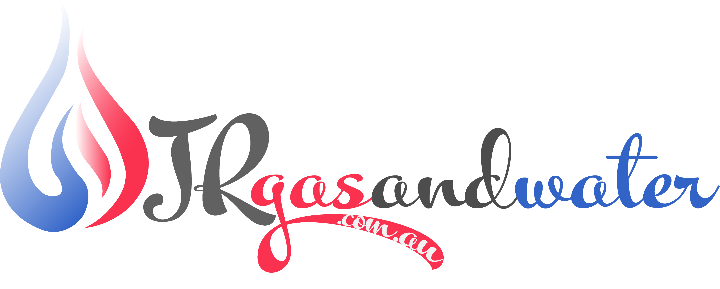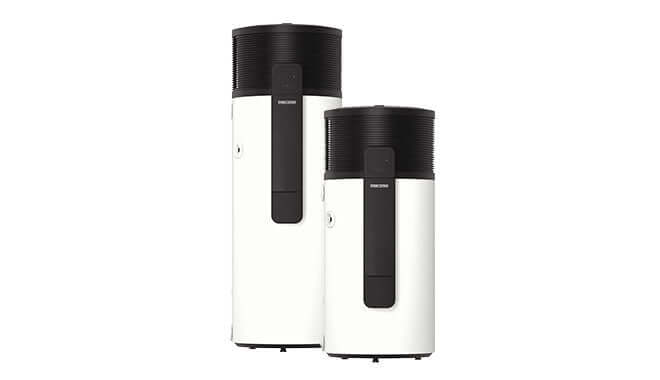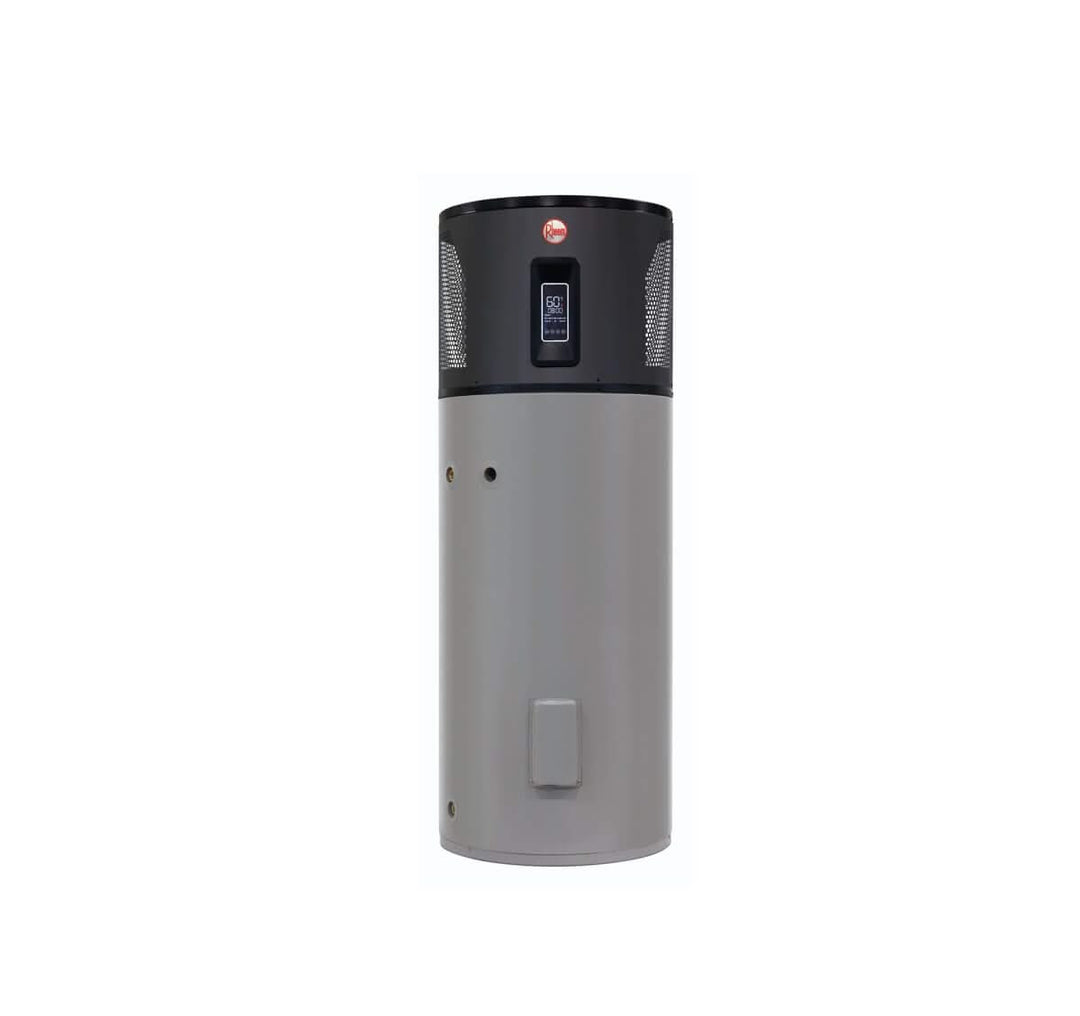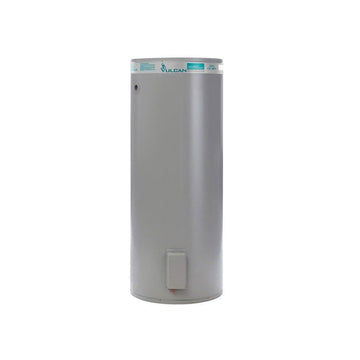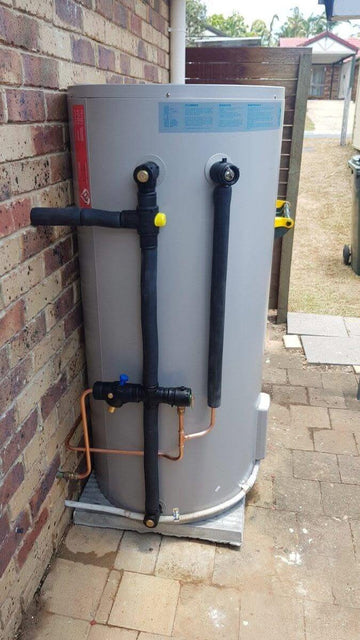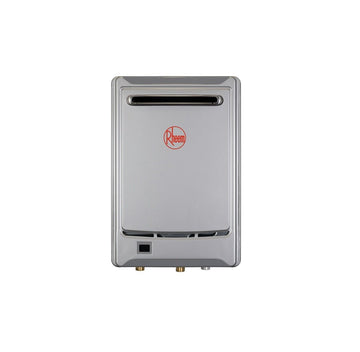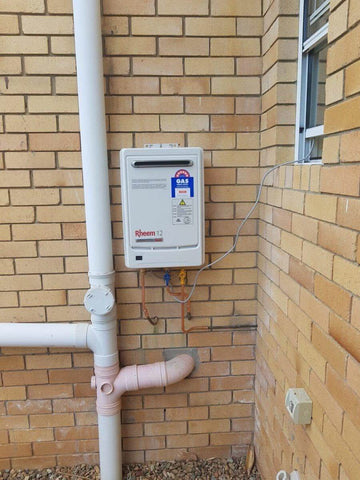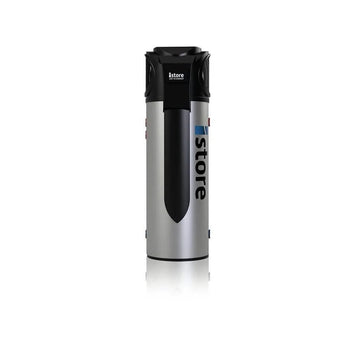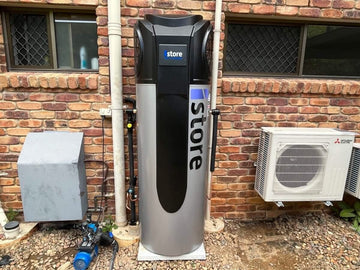8 Signs of a Damaged Water Line (And When to Call a Plumber)
Is something off with your home’s water? Sudden bill spikes, strange noises, or unexpected puddles could point to a serious issue — a damaged water line. Catching these red flags early can prevent disaster, water damage, and costly repairs. Here's how to spot the signs and what to do next.
🏆 JR Gas & Water is Brisbane’s award-winning plumbing team, trusted for fast, reliable service across the region.
💡 Key Takeaways
-
📈 Sudden water bill spikes = possible hidden leaks
-
💧 Low water pressure or discoloration = pipe damage or contamination
-
🧱 Damp patches, mold, or foundation cracks = signs of long-term water line failure
-
🛠️ Routine inspections and pipe upgrades prevent future damage
🚨 Recognizing the Signs of a Damaged Water Line
Water line issues can go unnoticed until major damage appears. Here's what to watch for:
1. 💸 Unexplained Increase in Water Bill
If your bill suddenly jumps without a change in usage, a hidden leak may be wasting water underground or behind walls.
2. 💧 Inconsistent or Low Water Pressure
Sudden pressure drops or fluctuating flow? Could be a partial pipe collapse or major leak.
Pair this with a quick inspection of your hot water system if pressure issues are isolated to certain areas.
3. 🌫 Discolored or Cloudy Tap Water
Rusty, brown, or murky water may indicate:
-
Pipe corrosion
-
Soil seepage through a cracked water line
-
Contamination from external damage
Looking for improved water quality? Try Puretec water filters for clean, great-tasting water.
4. 🌊 Wet Spots on Floors or Walls
Warped floors or bubbling paint? These are visual signs that a leak is happening behind walls or beneath concrete slabs.
5. 🍄 Mold or Mildew Growth
Excess moisture from leaking pipes can quickly lead to mold growth, especially near bathrooms, kitchens, and laundry areas.
6. 🌱 Puddles or Flooding in the Yard
Notice unexplained soggy areas in your yard — especially if it hasn’t rained? That’s a classic sign of an underground water main leak.
7. 🔊 Strange Pipe Noises
Bubbling, hissing, or whistling sounds may indicate air escaping from cracks or water leaking from pressure fluctuations.
8. 🧱 Cracked Foundation or Sinkholes
Leaking water can erode soil, causing:
-
Foundation movement
-
Cracks in walls or floors
-
In rare cases, sinkholes in the yard
🛡️ How to Prevent Water Line Damage
🔍 Regular Plumbing Inspections
Have a licensed plumber inspect your system annually. At JR Gas & Water, we catch the small things before they become expensive headaches.
🔁 Replace Outdated Pipes
Still using old lead or galvanized steel pipes? It’s time for an upgrade. Modern plumbing and water systems offer better pressure, durability, and safety.
❄️ Winterization Tips
While Brisbane doesn’t face harsh winters, rural or elevated homes may benefit from:
-
Insulating exposed pipes
-
Draining outdoor taps
-
Using drip methods during cold snaps
📞 When to Call a Plumber
Don't wait if you're seeing multiple warning signs. Call JR Gas & Water immediately if you notice:
✔ Low water pressure in all fixtures
✔ Water discoloration for more than 24 hours
✔ Visible puddles or wet walls
✔ Structural cracks or warping
We use advanced tools like CCTV pipe cameras and pressure tests to pinpoint problems fast — and offer same-day service across Brisbane and the Gold Coast.
✅ Summary
Act fast, save big. Damaged water lines can spiral into thousands in repairs if ignored. Watch for early signs, schedule routine checks, and use reliable products to keep your system leak-free.
Want to protect your plumbing? Explore:
Suspect a leak? Don’t delay — contact JR Gas & Water today for fast, professional support.
